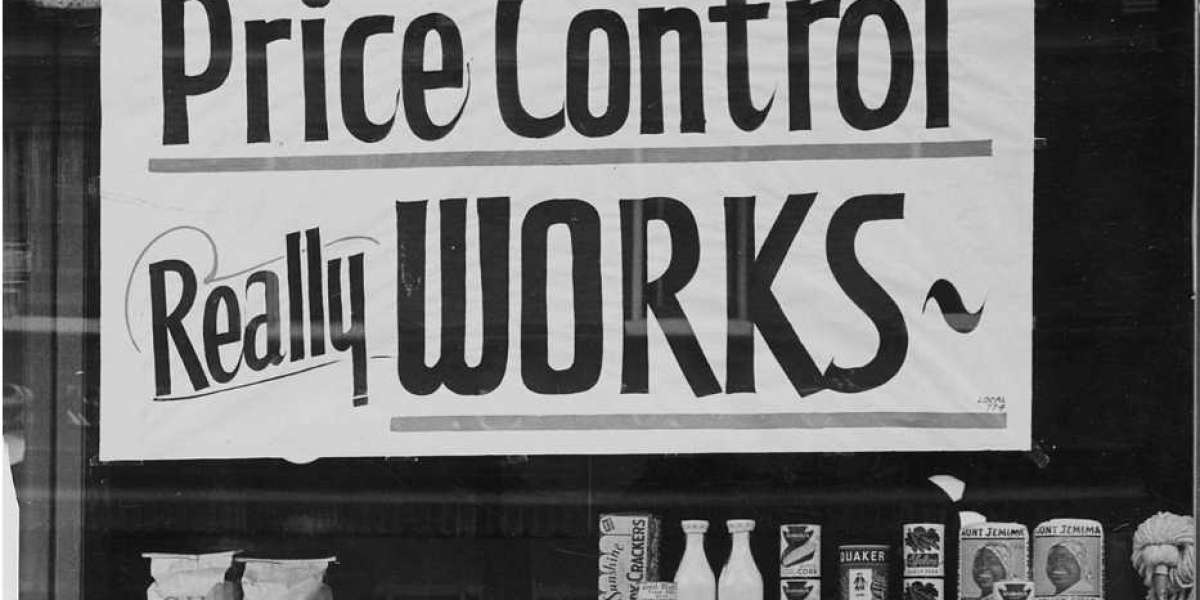The conflict between Ukraine and Russia has resulted in enormous financial difficulties for Europe, and only lately, the Kremlin blocked the primary gas supplies that the European Union relies on to function. Now, members of the European Commission and finance ministers from the G7 are working together to try to put price restrictions on crude oil and electricity.
An editorial published by Axios claims that "Influential Economic Thinkers" are beginning to support price control ideas.
The global economy has been thrown into a spiral as a result of the conflict between Russia and Ukraine, which came on the heels of the Covid-19 outbreak and large amounts of stimulus produced all over the world. Economists from around the world met over the past weekend to examine Russia's request that the "collective West" relax the economic sanctions that have been imposed on the country.
Dmitry Peskov, who serves as a spokesperson for Vladimir Putin, has asserted that the problems with the pumping on Nord Stream 1 are the result of the economic sanctions that have been placed against the country. In the wake of Peskov's comments, Reuters reported that "European gas prices surged as much as 30% higher."
The price of gas, which is used to create power and domestic heating, has skyrocketed to gargantuan heights in recent months, and as a result, nearly every single day throughout the course of those few months, media have stated that "Europe is prepared for a severe, frigid winter." this year. As a result of soaring gas costs across Europe, governments have been motivated to bring back price control measures, which have not been implemented since the 1970s. Late in 2018, a discussion that had been dormant for much of the previous year began to pick up where it left off, and it continued to be a topic of lively debate well into 2022. However, as a result of the conflict between Russia and Ukraine, these talks have become much more substantive.
Axios Markets author Matt Phillips writes an editorial on September 6, 2022, in which he explains that price controls and price mandates are "no longer a relic of the 1970s," and a reporter adds that "price controls are back." Phillips' editorial discusses the meeting of the G7 finance ministers from the previous Friday, in which the members "pledged to put in place a plan aimed at limiting the amount of money Russia makes from oil sales."
In addition, the reporter reveals that the European Commission disclosed plans to initiate a "emergency intervention and a structural reform of the electricity market" last week. Price controls have been on the minds of politicians all over the world, and this trend is also taking place in the United States.
Recently, price limits have been placed on certain pharmaceuticals that are sold in the United States, and pharmaceutical companies are required to pay a penalty if the cost of particular drugs, such as insulin, increases by an excessive amount. In comparison to many of the bureaucrats who favor the notion today, the St. Louis branch of the Federal Reserve has written about price controls as well and presents a position that is contrary to the conventional wisdom.

According to a report published by the St. Louis Federal Reserve on the topic, "when inflation grows, some have called on the government to institute price controls." "However, such regulations come with substantial costs, which ratchet up as their length and scope rise."
There are a number of arguments against price regulations that are based on fundamental economics and emphasize the fact that these rules can skew the natural market. There are a multitude of economists who are of the opinion that price regulations reduce and disrupt both supply and demand.[rb_related title="More Read" style="light" total="4"]
Price controls can result in the creation of illegal markets, an increase in hoarding and rationing, lines at stores, and an overall increase in the cost of consumer goods over time. Price limits can make the lives of bureaucrats even more difficult.
In a blog post written in 2001, American economist Fiona M. Scott Morton, who also holds the position of Theodore Nierenberg professor at Yale School of Management, explained that "when prices are held below natural levels, resources such as talent and investor capital leave an industry to seek a better return elsewhere."
Phillips also mentions an opinion post authored by the author of the Financial Times (FT), Martin Wolf, who claimed that "price limits, even rationing, must be on the table." Wolf asserts that the "U.K. A burden of war is the ongoing energy problem.
Nixon's "Remarkable Step" of Imposing Fixed Prices Was "Largely Seen as Being Ineffective in Countering Price Increases," and Price Controls During World War II Were a Complete Failure, the Author Admits.
In addition, the editorial discusses how, back in 1971, former United States President Richard Nixon "took the unprecedented step of instituting price and wage restrictions." Phillips also remarked that Nixon's strategy of price control was overturned in 1974. Economists have pointed out for years, and the website wtfhappenedin1971.com makes it quite plain, that Nixon's economic initiatives were not even close to being "exceptional." He went on to say that the economic initiatives that the 37th president of the United States had made were excellent.
"often seen as unsuccessful in warding against price hikes."

Despite the history of price controls in the past and the economic arguments against the policy, János Allenbach-Ammann and Vlad Makszimov from euractiv.com insist that price controls have "[entered] the European inflation debate." Price controls were also imposed during World War II in the United States due to the establishment of the Office for Emergency Management of the United States in 1941. The Office of Price Administration (OPA) was established in order to commence price fixing on particular items and to control outbreaks of rental costs rising to an unsustainable level.
The consumer price index (CPI) in the United States increased by 4% between 1943 and 1945, and it surged by 24% from 1939 to 1943. The increase in the CPI occurred throughout the period of 1943 to 1945. Price restrictions did not work, as evidenced by the CPI of the time as well as research studies conducted today; nonetheless, price fixing did help illicit markets and skimpflation. In addition, the deficit of the United States rose from 3% of the country's gross domestic product (GDP) in 1942 to close to 27% of the GDP in 1943.




Abiola Issa Mukaila 2 yrs
good